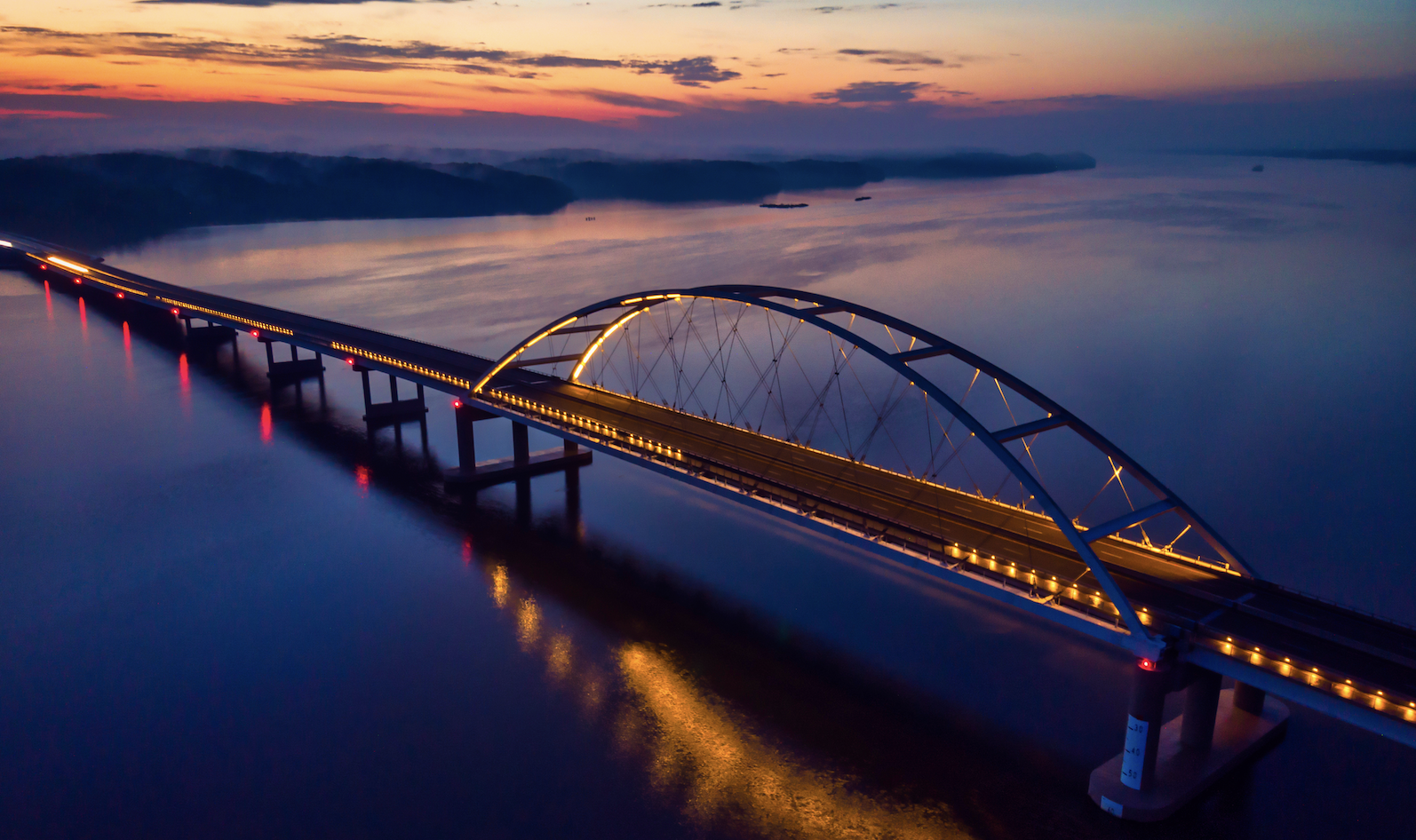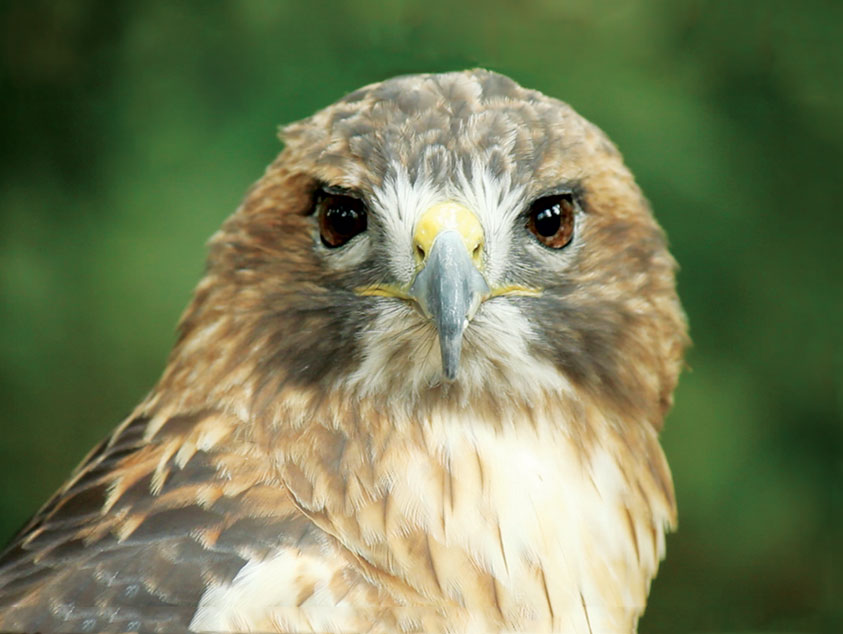For the Summer “Just Add Water” Edition

Cadiz, a small western Kentucky town about a 90-minute drive from Nashville, didn’t always look the way it does today. Had satellite maps been around before 1960, even many of the home-grown natives would find it hard to recognize their own home turf. That’s because Lake Barkley is a prime example of how “just adding water” can transform a landscape and bring to a rural region benefits such as power generation and recreation.
Before families could enjoy the bonding experience of drifting atop a pontoon all day, and before anglers could brag about their day’s catch of crappie and bass, the Cumberland River first needed to be shaped with the construction of Barkley Dam. Prior to World War II, the rural towns in the region were too acquainted with area flooding, which regularly caused damage to businesses, crops and homes. Fortunately today, Trigg County, the home of Lake Barkley, is known as a hub for lake life and outdoor activities.
At its core, Lake Barkley is a man-made reservoir made possible by the construction of Barkley Dam. The dam was built as part of a larger hydroelectric project in the Tennessee River Valley, constructed to harness the power of the river to generate electricity. The combination of the dam and water from the Cumberland River filling the massive pit excavated in the earth, Lake Barkley was born. Today, the lake spans over 57,000 acres and has over 1,000 miles of shoreline, making it a beloved destination for boating, fishing, swimming and a popular camping destination too. But Lake Barkley isn’t just a playground for outdoor enthusiasts.
Lake Barkley is like a big playground for all kinds of plants and animals to live and thrive. There are many different types of creatures and greenery that call the lake and surrounding area their home. The lake and the adjacent Land Between the Lakes National Recreation Area (often referred to as “LBL”) provide habitats for numerous species of fish and wildlife. Photo enthusiasts love the region for its rich opportunities for birdwatching and wildlife photography. However, everyone can get a taste of experiencing wildlife in two particular attractions—LBL’s Elk and Bison Prairie and the Nature Station. While adventurers drive through the 3.5 mile loop to see wild elk and bison or experience up-close, the various native birds, snakes and wildlife at the Nature Station, some also venture to the more modestly sized Hematite Lake.

Hematite Lake is especially a gem for families with younger explorers who love hiking the 2.2 mile trail surrounding the lake. Those interested in a bit more rigorous trek can choose some of the trails that venture farther from the lake’s shoreline. Fishers can cast their lines from either a boat or the shore and catch bass, bluegill, or crappie. The lake is stocked regularly with fish, making it especially a great place for the novice angler. And boating is welcomed, so long as its the non-motorized kinds, such as kayaking, canoeing, and rowing.
And the well-informed kayakers and canoers enjoy riding the waters of a tributary that empties into Lake Barkley—Little River. This small river is known for its calm and clear waters and the winding scenic ride. Along the route, water-goers report spotting eagle’s nests, numerous rock bluffs, and dozens of caves between the upstream community of Hopkinsville and the Rt. 272 bridge.
From power generation to outdoor recreation and ecological conservation, just adding the waters of Lake Barkley has enriched the lives of many in this western Kentucky region. The next time you’re looking to “just add water” to your weekend plans, consider exploring the beauty and adventure of Lake Barkley and Land Between the Lakes.
